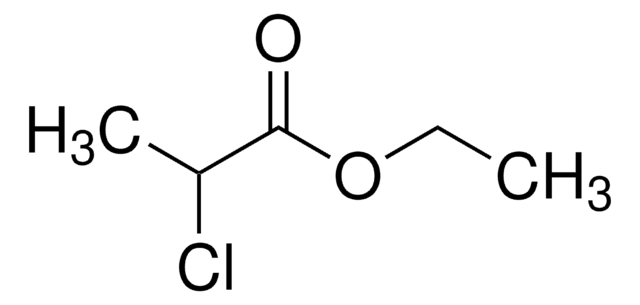201626
Fluoresceinamine, isomer I
Synonym(s):
5-Aminofluorescein
About This Item
Recommended Products
form
powder
Quality Level
mp
223 °C (dec.) (lit.)
solubility
methanol: 5 mg/mL
λmax
496 nm
application(s)
diagnostic assay manufacturing
hematology
histology
storage temp.
room temp
SMILES string
Nc1ccc2c(c1)C(=O)OC23c4ccc(O)cc4Oc5cc(O)ccc35
InChI
1S/C20H13NO5/c21-10-1-4-14-13(7-10)19(24)26-20(14)15-5-2-11(22)8-17(15)25-18-9-12(23)3-6-16(18)20/h1-9,22-23H,21H2
InChI key
GZAJOEGTZDUSKS-UHFFFAOYSA-N
Looking for similar products? Visit Product Comparison Guide
Related Categories
General description
Application
Signal Word
Warning
Hazard Statements
Precautionary Statements
Hazard Classifications
Acute Tox. 4 Oral - Eye Irrit. 2 - Skin Irrit. 2 - STOT SE 3
Target Organs
Respiratory system
Storage Class Code
11 - Combustible Solids
WGK
WGK 3
Flash Point(F)
Not applicable
Flash Point(C)
Not applicable
Personal Protective Equipment
Certificates of Analysis (COA)
Search for Certificates of Analysis (COA) by entering the products Lot/Batch Number. Lot and Batch Numbers can be found on a product’s label following the words ‘Lot’ or ‘Batch’.
Already Own This Product?
Find documentation for the products that you have recently purchased in the Document Library.
Our team of scientists has experience in all areas of research including Life Science, Material Science, Chemical Synthesis, Chromatography, Analytical and many others.
Contact Technical Service







